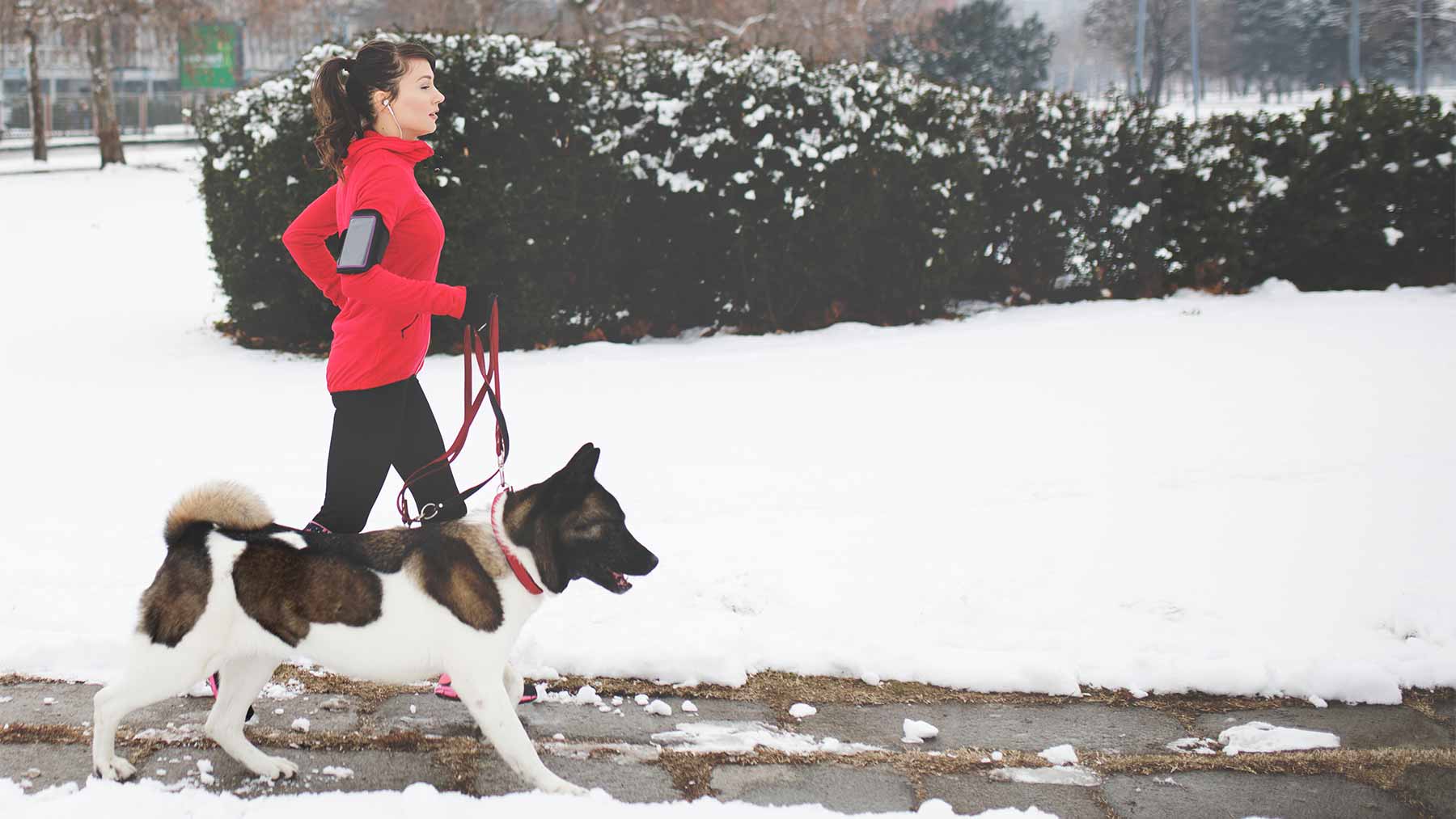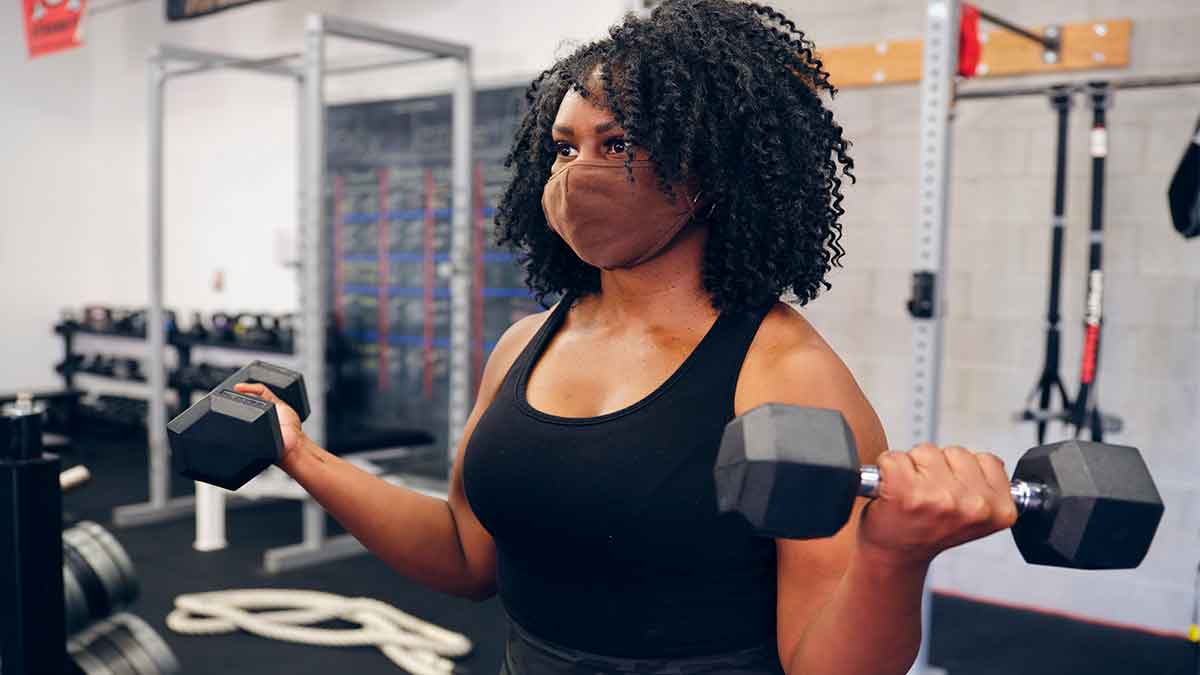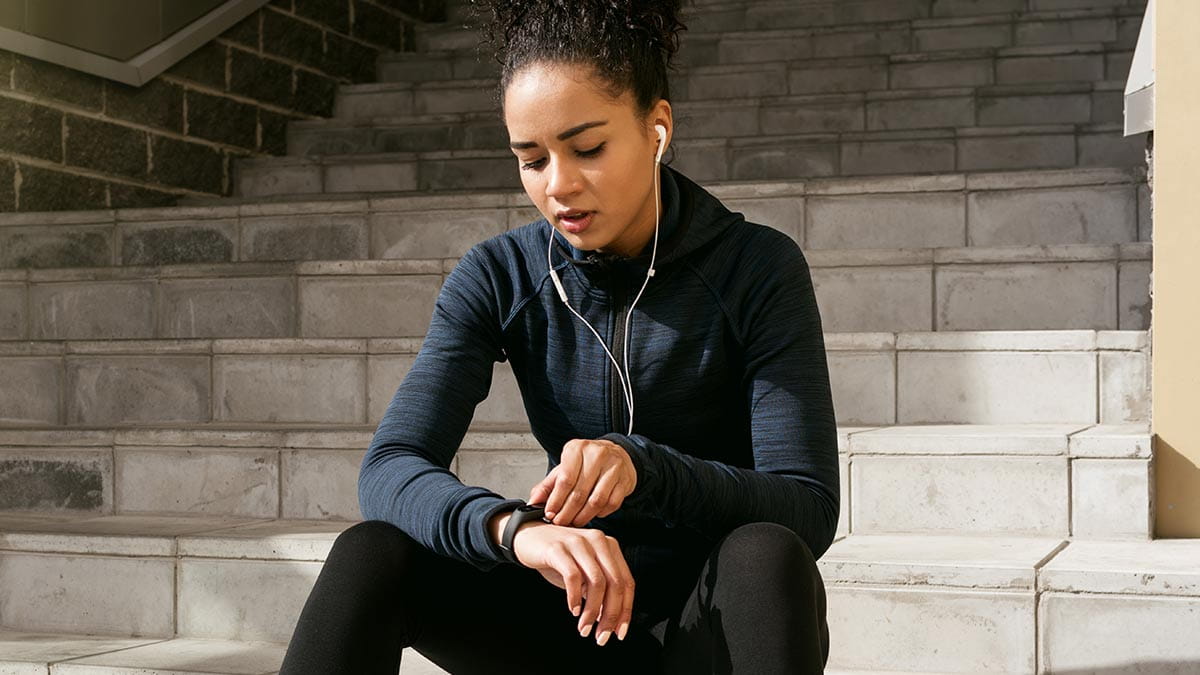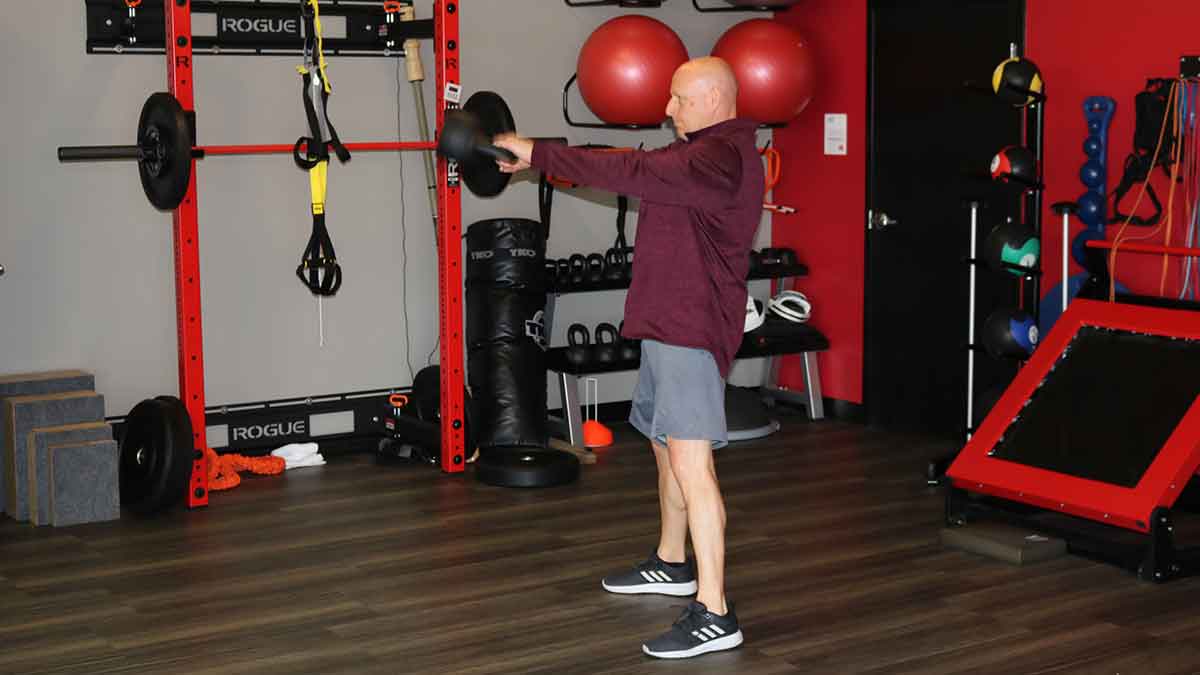Run into the wind and other cold-weather workout tips
 Winter poses a challenge for even the most devoted workout enthusiasts. From frigid temps to black ice, cold weather can wreak havoc on your outdoor routine.
Winter poses a challenge for even the most devoted workout enthusiasts. From frigid temps to black ice, cold weather can wreak havoc on your outdoor routine.
"It's best to prepare for the cold weather, stay focused on your exercise goals and adopt some commonsense tips to optimize your workout," says Timothy Miller, MD.
He's the director of the Sports Medicine Endurance Medicine Program and an orthopedic physician at The Ohio State University Wexner Medical Center Jameson Crane Sports Medicine Institute.
Dr. Miller, an avid runner and fitness competition participant, shares these ideas to help ensure that your winter workout is safe and injury-free:
Keep all body parts covered
Arms, legs, fingers, toes, ears and nose—protect any appendage or extremity you can. No one wants to leave the house looking like an abominable snowman, but you need to protect your head and face as well. That's where most of the heat escapes, so wear a knit or nylon cap—maybe even a mask—to help maintain your body temperature.
Start by running into the wind
This should be your go-to strategy for conserving energy and maintaining body heat. When you run into the wind at the beginning of your workout, you get the most difficult part out of the way. If you're doing an out-and-back run, you'll have the wind at your back on the return trip—about the time your body is getting tired.
Dress warmly, but not too warmly
Even on the coldest days, your body warms up soon after you start to exercise. Layer too much and you'll be sweaty and uncomfortable before you turn the first corner. As a rule of thumb, dress so that you're not hot when you start the run. Instead, opt for a couple of layers of thin, breathable material.
Drink up!
OK, so it's not hot and humid. That's no excuse to ditch the fluids and electrolytes. Your body needs to be properly hydrated in all seasons. So whether it's July or January, stay hydrated to perform your best, to prevent cramping and to ensure a speedy post-workout recovery.
Make your move when it's warm
Use that hour-by-hour breakdown of the weather that’s always at your fingertips. During the winter, make it your mission to exercise during the warmest part of the day to decrease the risk of hypothermia. Add a layer of dark-colored clothing to absorb the sun's heat, and you're good to go.
Don't hang around outdoors
Once your workout is complete, make a dash inside and remove your sweaty clothes. If you stay outside in the cold, the sweat from your workout can start to freeze against your skin, increasing the risk of hypothermia. Have a case of the shivers? Head for a hot shower to get your body temperature in check.
Get enough vitamin D
In northern latitudes, bodies get very little exposure to the sun between October and April. That can lead to a decrease in vitamin D production and decreased bone density. Dr. Miller suggests taking an additional 1,000 IU or more of vitamin D each day during the winter months to help maintain bone density and to prevent stress fractures.
-
Your physician can check for a vitamin D deficiency with a blood test.Need a primary care doctor?
-
Our Endurance Medicine team provides detailed advice to help runners, bikers and swimmers.Find out more
-
Dr. Miller shares more personal workout tips, including his homemade sports drink recipe. Read more




